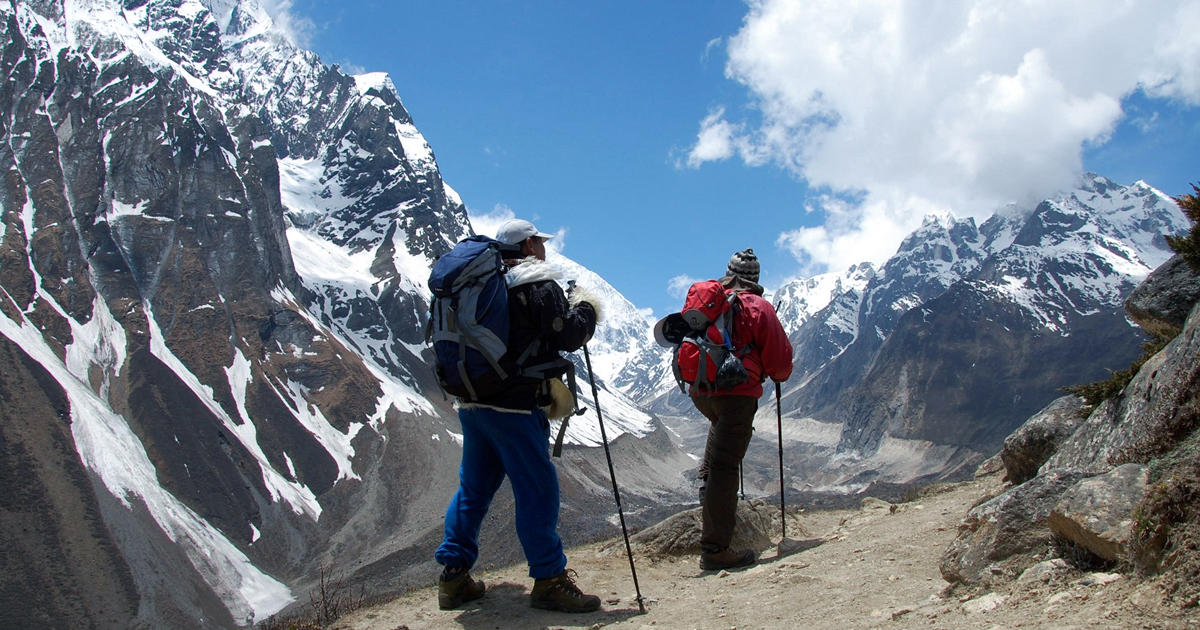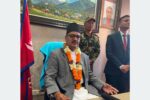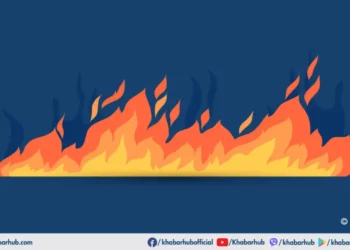KATHMANDU: The government of Nepal has announced 73 areas from Taplejung to Darchula bordering China as ‘restricted areas’.
The government has put a ban on the operation of helicopters and drones in the restricted areas, a highly-placed government source said insisting anonymity.
Such ‘restricted areas’ have been increasing owing to pressure asserted by China, the source said.
According to the source, the Chinese authorities had been pressurizing the government of Nepal to announce restricted areas as several western diplomats had visited these areas.
China had been insisting that unwanted visits of the western diplomats to the Himalayan region had put the security of Tibet under threat.
The decision of the government of Nepal to announce the restricted areas from Taplegun to Darchula might have been made in a bid to re-affirm its commitment to ‘One-China Policy’, observers noted.

With this decision, a person or a team wanting to charter a helicopter to the restricted areas need to take approval from the Border and Immigration Department on the recommendation of the respective District Administration Office.
Likewise, it has also been decided that a representative of the District Administration (DAO) office also has to accompany the individual organization chartering the helicopter.
Meanwhile, speaking on the condition of anonymity, an official at the Nepal Tourism Board (NTB) said that the places coming under the restrictive areas are Faktulang of Taplegunj, Lelep of Mikwakhola, Sijung VDC (Olagchungola district), Papung, Yampuding, Bhote Khola of Sankhuasabha district, Kimiathanka Chepuwa, Hatiya and Pawakhola under Makalu village municipality.
Likewise, ward No. 5 of Pasang Lamu village municipality of Solukhumbu district, Lamabazar of Dolakha, Gosaikund village municipality of Rasuwa, Samagaun of Gorkha district, Sirdibas, Churchet, and Chekampar areas have been announced as restricted areas as per the new decision of the State 3 government.
Meanwhile, observers have to claim that the decision to restrict some areas could be tactic on the part of the Chinese side to ‘exploit natural resources of Nepal’s hilly and the mountainous regions.
This has been taken as a ploy on the part of China to exploit Nepali resources, such as gold, diamond, uranium, copper, lithium and other precious minerals by pressurizing the government of Nepal to declare these places as ‘restricted areas’.
Moreover, the restricted areas that comprise some Hindu pilgrimage sites such as Gosaikund of Rasuwa district could hurt the Hindu sentiments.
Meanwhile, observers have raised apprehension that China would even try to change the demography of the restricted areas by dispatching its people in these areas as well as torment the supporters of the Dalai Lama in these areas.









Comment